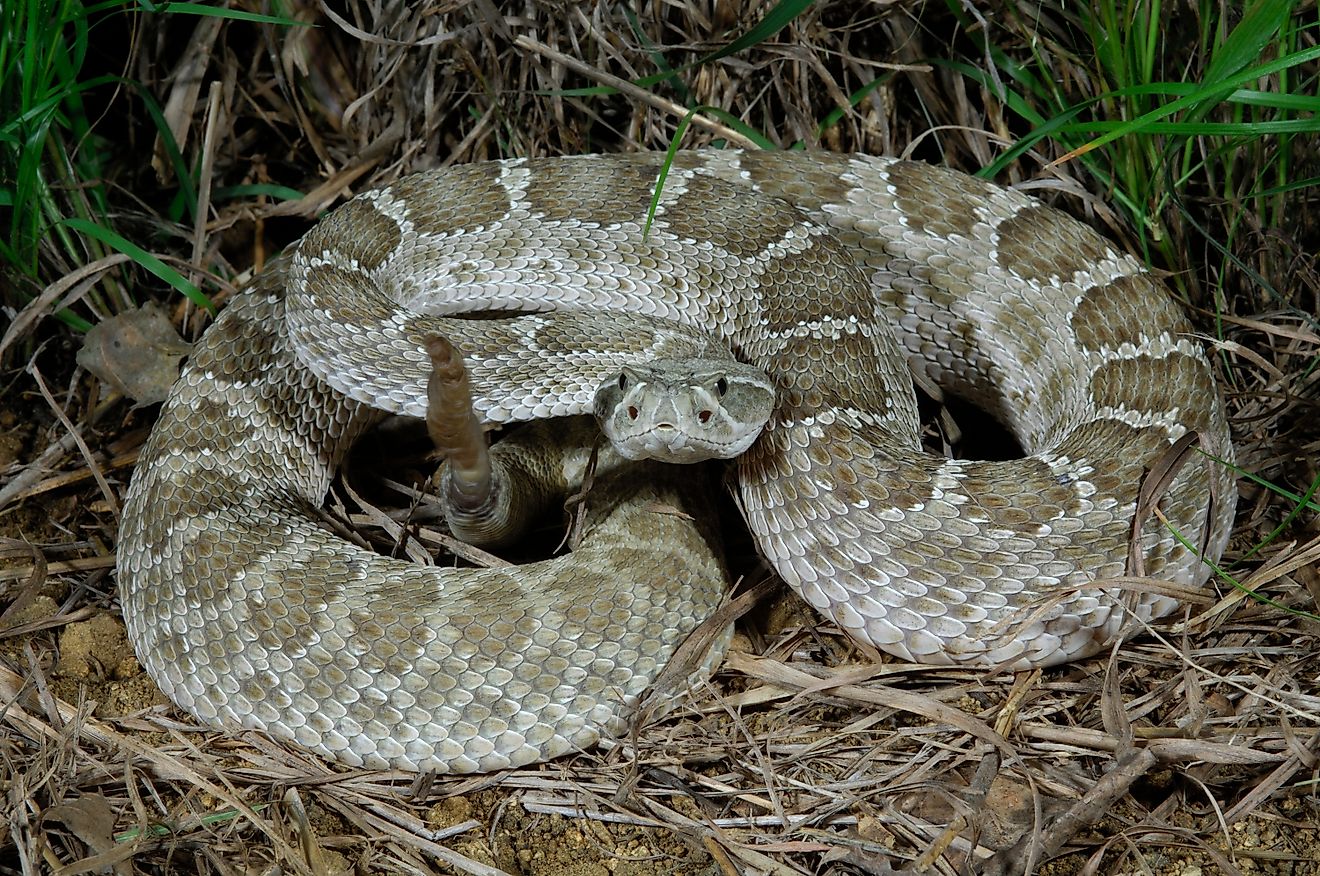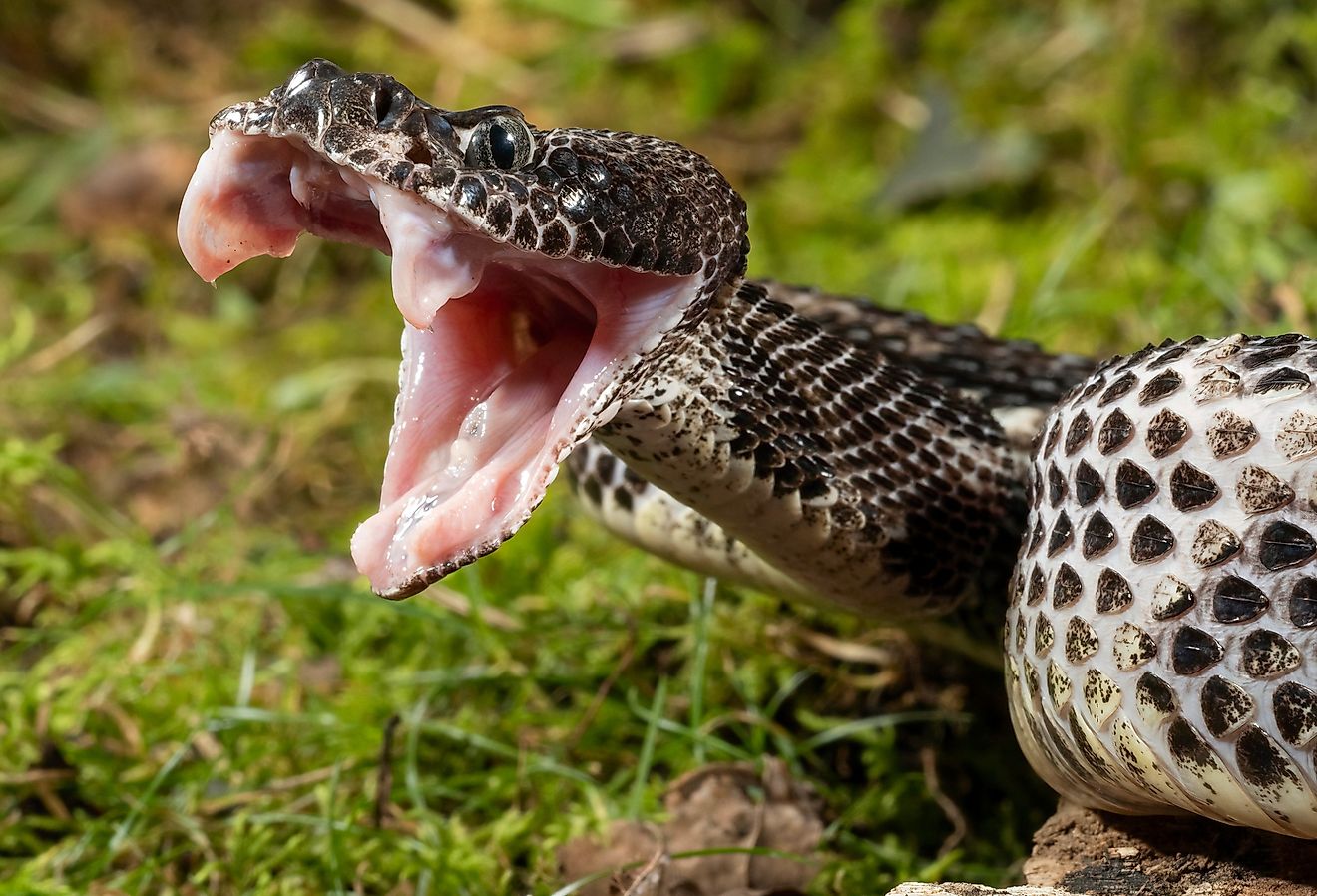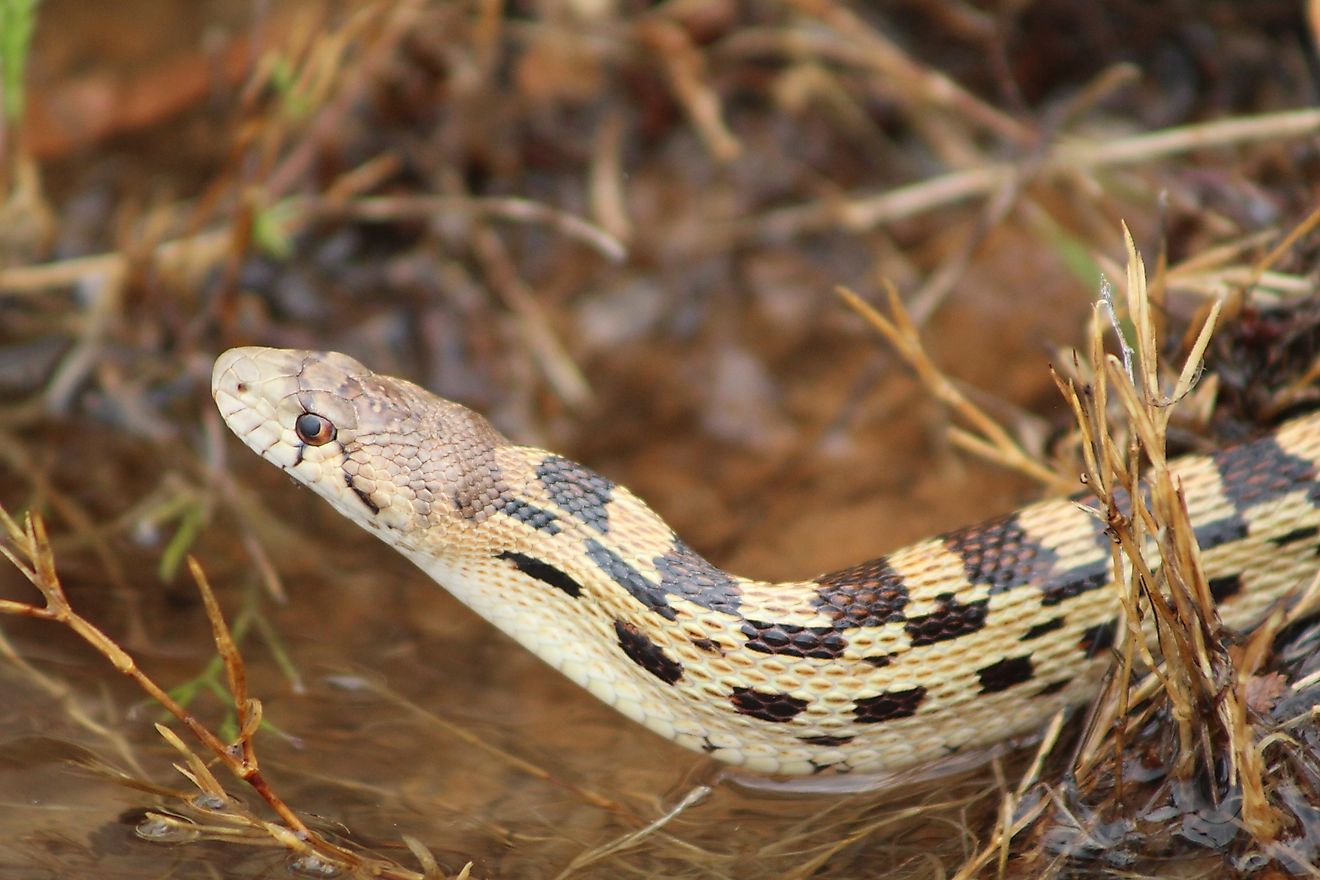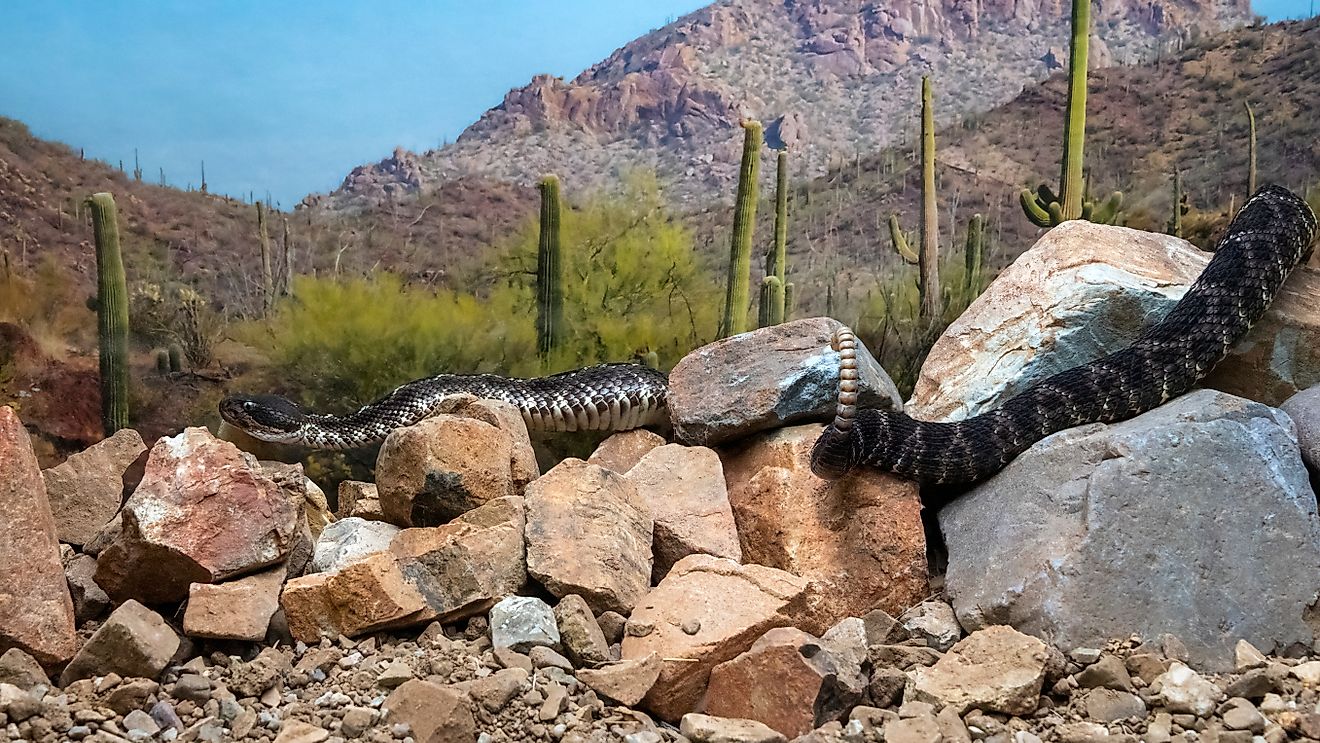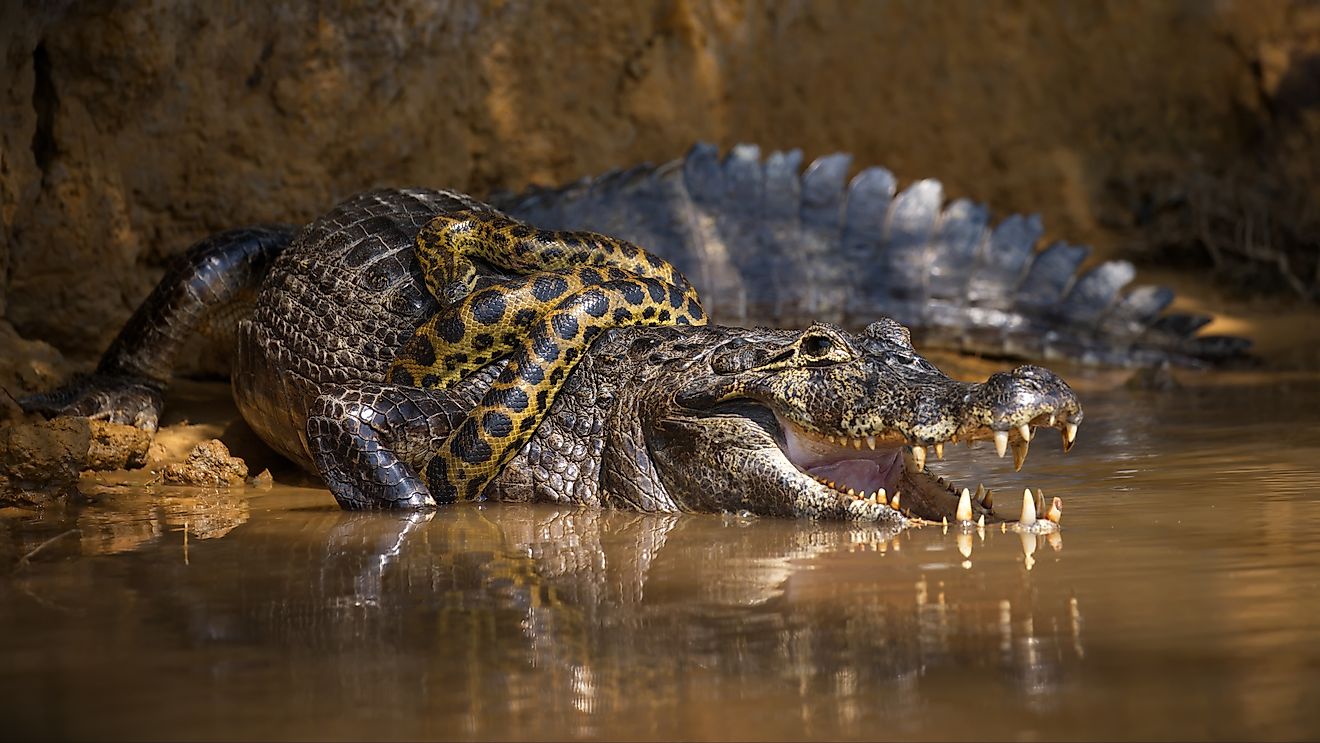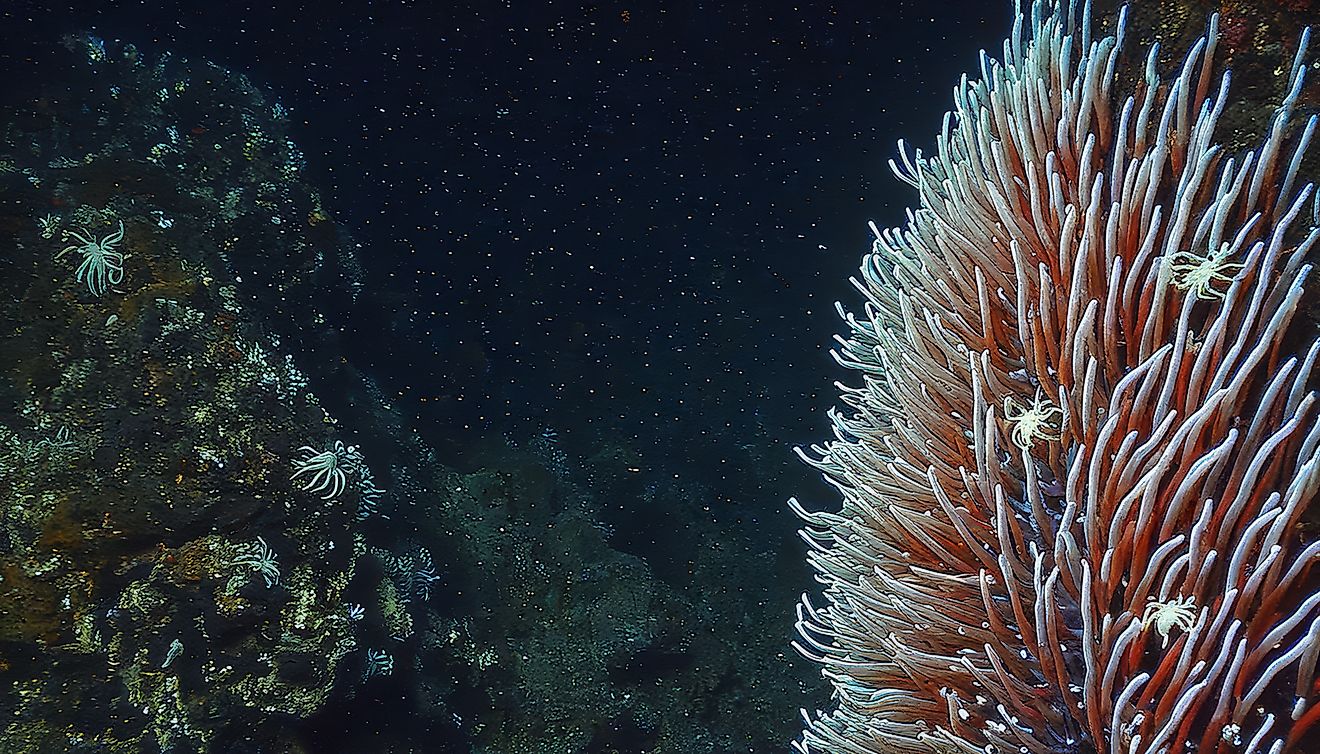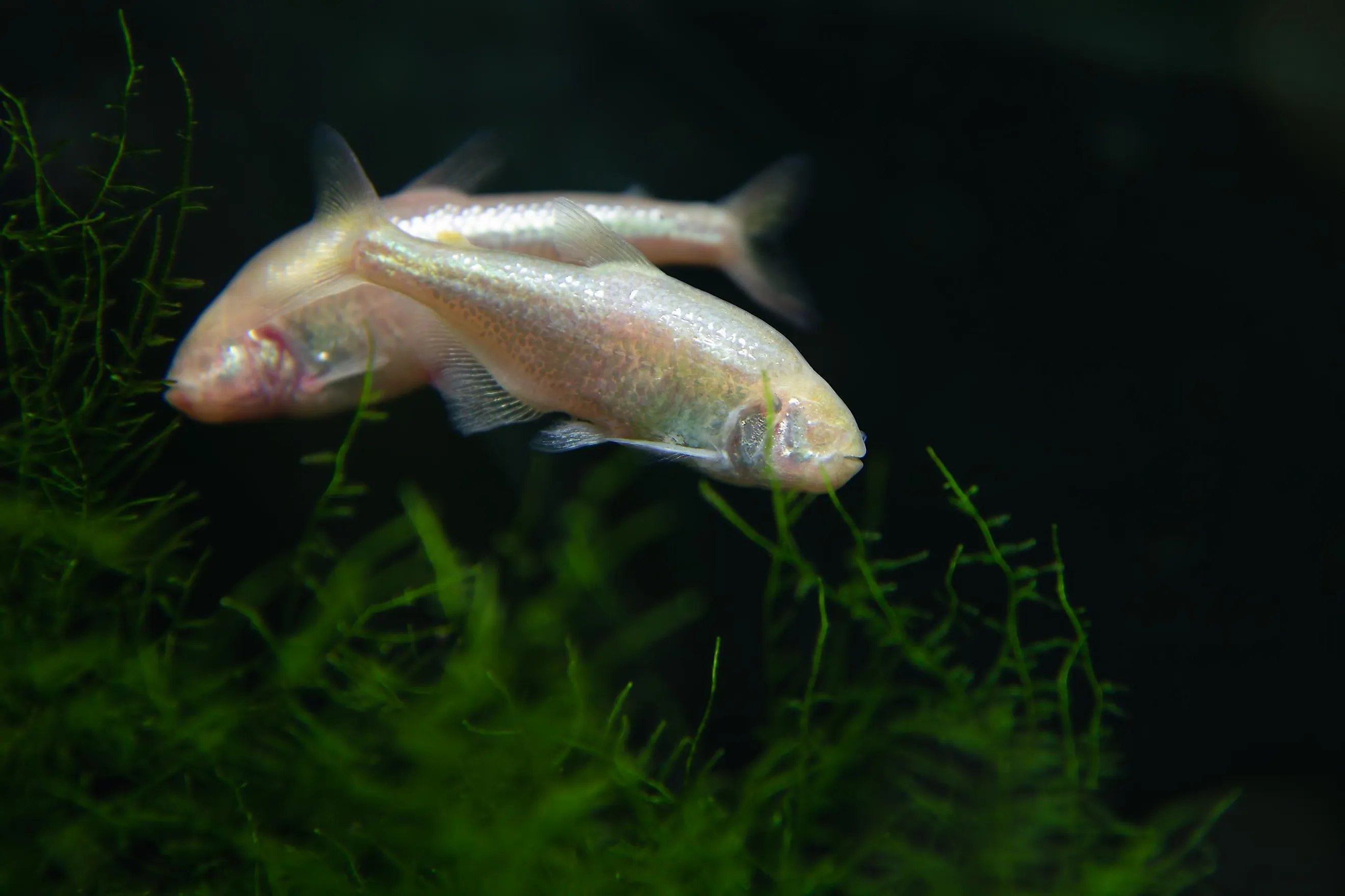
The Blind Cave Tetra: The Freshwater Fish With No Eyes
What would you say if I told you there was a freshwater fish that lived in complete darkness and had no eyes? Believe it or not, this fish does exist! The blind cave tetra is a type of fish that has adapted to living in dark, underground caves. Because they can't see, these fish use other senses to navigate their environment. Keep reading to learn more about the Blind Cave Tetra!
Blind Cave Tetra
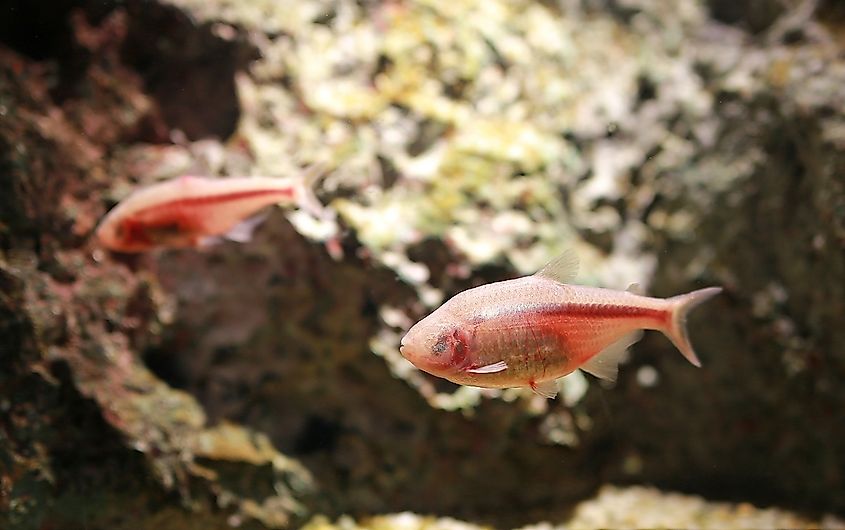
This freshwater fish is native to the caves of Mexico and can grow up to about 4.7 inches in length. The Blind Cave Tetra is a subspecies of the Mexican tetra or Astyanax mexicanus. It is a peaceful fish that does well in community tanks. It is an omnivore and will eat most prepared foods, including flakes, pellets, and frozen foods.
The blind cave tetra is a very interesting fish because it has no eyes. In fact, this fish is completely blind! This extraordinary fish uses its sense of smell and touch to navigate its way around its dark underwater home. Regarding its appearance, the blind cave tetra is a beautiful fish with iridescent scales and a long tail fin.
Evolution Of the Blind Cave Tetra
As mentioned, the loss of eyesight and skin pigment are two key characteristics of these eyeless fish. But how did this come to be?
Well, scientists believe that it all has to do with their lineage. At some point in their evolution, these fish lost the need to have eyes and gradually developed to have skin covering them. These fish also have translucent skin that has no pigment, a better sense of smell by having taste buds that cover its head, and bthe ability to accumulate four times more energy as fat, which aids them in deadling with food supply irregularities.
Interestingly, this process is thought to have happened because of cellular degeneration and natural selection. Since these fish didn't need eyes anymore, they were at a bit of an evolutionary disadvantage, due to the possibility of these exposed organs getting infected. But over time, natural selection took its course and covered the exposed and unused eyes.
Like many fish, the blind tetra fish use sound to communicate. Earlier this year, it was also discovered that these fish use clicks to communicate with one another; these distinct clicks have been dubbed "cave accents" and vary from area to area.
Caring For a Blind Cave Tetra
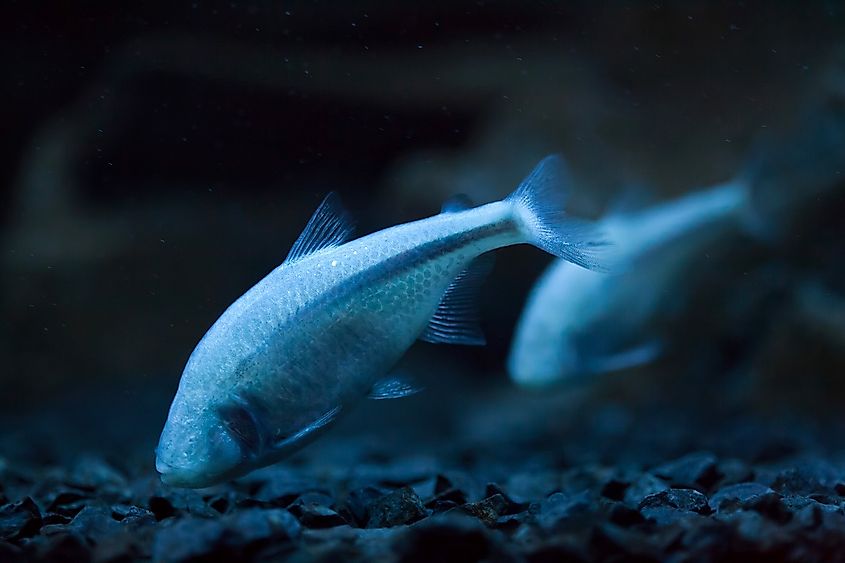
If you're thinking about adding a Blind Cave Tetra to your aquarium, there are a few things you need to know about caring for them. The Blind Cave Tetra needs to be in an aquarium with at least 20 gallons of water. Additionally, this fish does best in an aquarium with other fish of its own species.This species does prefer warmer temperatures, between 68°F and 77°F, with water hardiness of about 30 dGH. The blind cave tetra also prefers neutral to slightly alkaline water with a pH between 6.5 and 8.0. To recreate the natural environment of blind cave tetras in your aquarium, line the bottom with soft sand or fine gravel substrate with some smooth rocks and fragments of driftwood. You don’t need lighting, but blue light shines brightly over the blind cave tetra's iridescent body and produces a beautiful effect.
The blind cave tetra is not a picky eater. It will eat just about anything you give it, but it prefers blood worms and brine shrimp.If you have an aquarium and are looking for a new fish to add, the blind cave tetra is a great choice. Just be sure to follow the care instructions above to keep your fish happy and healthy.
In Summary
If you're looking for an interesting and unique fish to add to your freshwater aquarium, the blind cave tetra is a great choice! These fish have adapted to living in complete darkness and rely on their other senses to navigate their environment. They are relatively easy to care for and make a great addition to any tank. Do you have any tips or tricks for keeping these fish? Leave a comment below and let us know!
